September 6, 2024 -- Pembina To Cavalier To Mountain To Concrete To Starkweather To Cando, North Dakota
- Lucian@going2paris.net

- Sep 7, 2024
- 12 min read

Cando Campground
Cando, North Dakota
September 7, 2024, 8 AM

September 6, 2024, 1-2 PM
Watching the clouds at Icelandic State Park. They seemed so low to the ground! I did this Zen Moment after spending a couple of hours in the visitor's center working on my blog.
First stop after Icelandic State Park was Mountain. Because in an area as flat as northeast North Dakota, there has to be a story about a place named Mountain.


Unfortunately this town is losing population look at the median age.




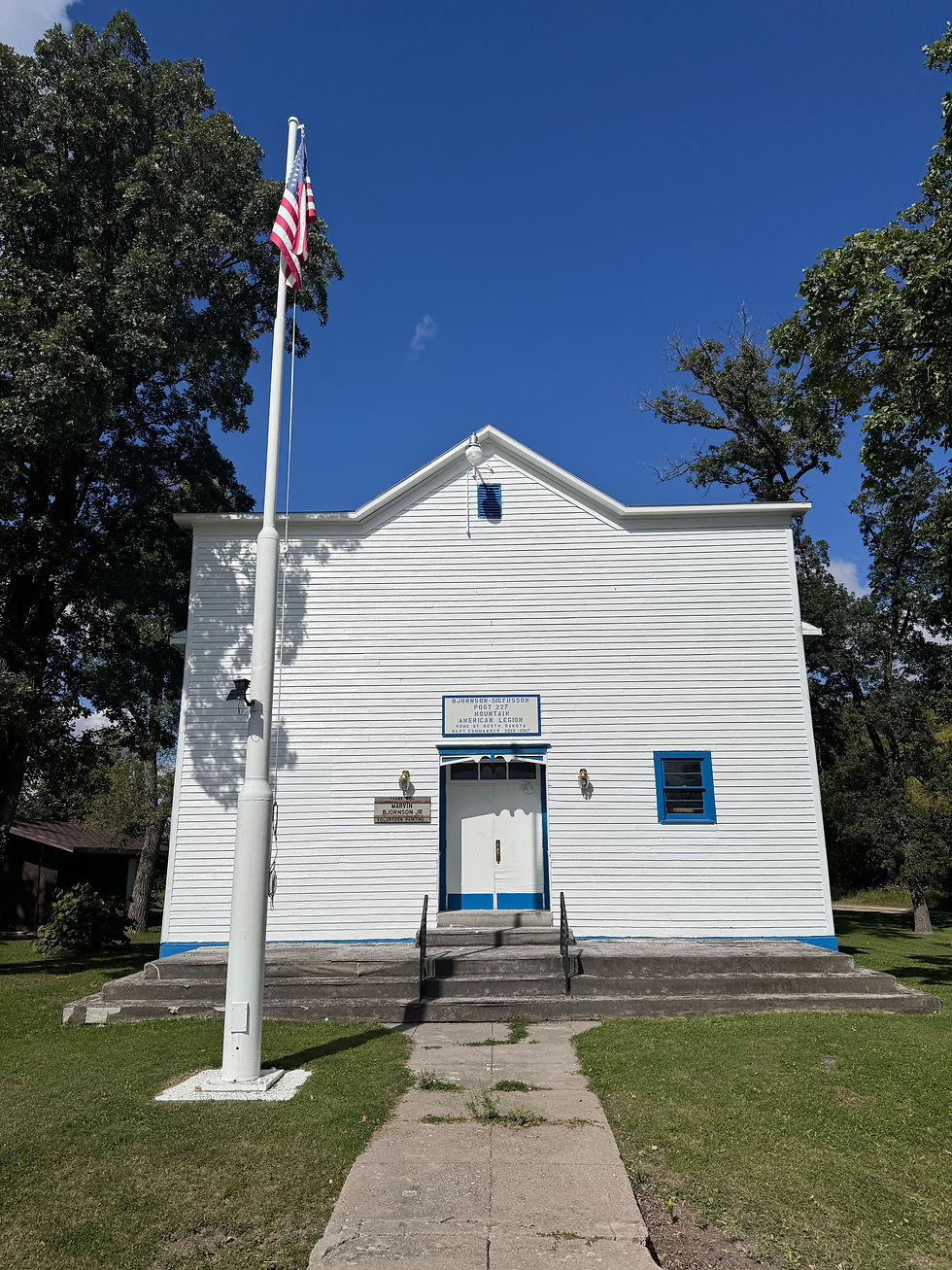













Byron’s Bar stays open until 2 AM everyday. In a town of 80 people? I’m not sure that’s good for folks’ physical health although it may be from a mental health perspective. (Dealing with remoteness, cold weather, decking population, getting older.)








Photos flatten out the third-dimension — but not by much in this photo. Hard to call this an incline of a mountain.

Next stop -- Concrete.
Next began a very lonely drive to Starkweather. I have driven US 50 in Nevada -- the so-called "Loneliest Highway." It has nothing on drive between Concrete and Starkweather. Nothing but fields of corn and beans. Road was flat and straight. I was desperate for something to drink but there was no place to buy one. (Truth be told, I always have a few Gatorade Zeros in Hi Ho Silver.)

On the way to Starkweather I came upon my first windfarm in North Dakota — the Langdon Wind Energy Center.
I find wind farms to aesthetically pleasing. I wonder how many that criticize them have actually been to a wind farm. They are not noisy. Do they kill some birds of prey? Yes. Is the problem overblown? Absolutely. Hell, people die from the pollution from burning fossil fuels and we are more worried about birds of prey?
The facts:
Yes, wind farms kill birds, but the number is relatively small compared to other causes of bird deaths:
Number of birds killed
In the United States, wind farms kill less than one in 4,000 birds that die from industrial activities. However, estimates vary widely, ranging from 4 to 18 birds per turbine per year.
Comparison to other causes of bird deaths
Wind farms kill fewer birds than other causes, such as house cats, buildings, and fossil fuel operations. For example, in the US, communication towers kill 5–6.8 million birds per year, automobiles kill 60–80 million, pesticides kill 67–90 million, and cats kill 365 million to one billion.
Factors that affect bird deaths
The likelihood of a bird colliding with a wind turbine depends on several factors, including the bird species, season, time of day, noise, wind speed, and temperature.
Making wind farms safer
One way to make wind farms safer for birds is to paint the blades black, which can make them more visible to birds. In Norway, scientists found that black blades reduced bird deaths by 70% for 19 bird species.
Cumulative impacts
It can be difficult to assess the cumulative impact of wind farms on bird populations, especially when multiple projects are being considered for the same area.
Here’s an article from 2008 about the wind farm:
North Dakota's recently completed Langdon Wind Energy Center is a good example of how a regional power player such as Otter Tail Power Company can join forces with a large utility like FPL Energy - with extensive wind power experience - and produce a successful alternative energy project.
The 159 megawatt (MW) Langdon Wind Energy Center is currently the largest-and most recent-wind power project in North Dakota, but there's definitely more wind power on the way for this very wind-rich state.
At the recent dedication of the Langdon project, North Dakota Governor John Hoeven noted that only a few years back, there was less than one megawatt of power produced from wind in the entire state. "Today, we have built, or have in planning, nearly 1,800 MW of wind energy to serve North Dakota and the region," said Hoeven.
North Dakota has long been identified by the Department of Energy and its research laboratories as having the greatest wind energy resource and potential for wind generation development in the U.S. Measured by annual energy potential in the billions of kilowatt hours, it is even ahead of wind-blessed Texas. Some experts have gone so far as to call North Dakota the Saudi Arabia of wind power.
Added to the resource side of the equation, the state also has few environmental restraints regarding land availability.
The major challenge North Dakota seems to face is incorporating the power generated from new wind power facilities onto the existing transmission grid, and expanding that grid. But that's a challenge shared by many other states. So far, North Dakota has been quite successful at accommodating the energy load, with upgrades to the existing infrastructure and some additions.
On top of the high quality wind resources, the state also offers favorable tax incentives, a supportive regulatory process, and landowners who, so far, have also been supportive. Governor Hoeven has set a goal of having 10 percent of North Dakota's energy produced from renewable sources by 2015, and has set up the Empower North Dakota Commission to move along the state's goals for renewable energy.
Construction crews on the Langdon wind project had their work cut out for them, weather-wise, working in northern North Dakota in the middle of winter. Despite wind chills that made it a challenge to be able to work every day, construction workers persevered and the project was finished and operational in early January.
What this all means is that the number of wind power projects in North Dakota has been increasing-and that there is very much more to come.
The state's current wind champion-Langdon Wind Energy Center-is a venture between energy giant FPL Energy, LLC, a subsidiary of the FPL Group, and regional power company Otter Tail Power Company. FPL owns 118.5 MW of the wind center's output and Otter Tail Power Company owns 40.5 MW.
The project is a good example of how regional power players, such as Otter Tail Power Company, can join forces with large utilities that have extensive wind power experience, such as FPL Energy, in successful
alternative energy projects. Otter Tail Power Company serves customers in North Dakota, South Dakota and Minnesota. It owns 27 of the 106 GE 1.5 MW wind turbines, located on the site. FPL Energy owns the balance and operates the entire wind center.
FPL Energy is truly a wind power giant-as of mid-2008, it had some 56 wind facilities in operation in 16 states and is the largest, single producer of wind energy in the United States.
And FPL Energy is also familiar with North Dakota. It operates four other wind projects in North Dakota with a capacity to produce more than 150 MW of electricity. It operates the 31 MW North Dakota Wind II-the state's second largest wind farm. Otter Tail Power Company buys the power produced at North Dakota Wind II on a long-term contract, so FPL's relationship with Otter Tail Power Company was already in place before the Langdon project.
The Langdon project had an interesting beginning. A community group from Cavalier County-supported by the county's economic development office-actually approached FPL Energy about building a wind farm. Anxious to see additional business in the area, the group went ahead on its own and installed an anemometer, and took the very positive wind results to the Florida-based energy company.
"People were very interested in moving forward with a wind power project for Langdon," explains Al Koeckeritz, manager of project development for Otter Tail Power Company. FPL came on board with the idea, and started acquiring land rights. Otter Tail Power Company joined the venture shortly after.
"As things came together for the project, we looked at the ability to deliver power from the site, and it fit well with the service territory for our company. It also fit well with its capacity factor and the economics," says Koeckeritz.
"We had been looking for a rate-base type of wind power project that we could be part of, and had been working in that direction to find something that fit our niche. The Langdon project fit well with the things we were trying to get done," he adds.
The business model of being a part owner of the Langdon project, vs. buying power from the project, worked for the company from the start. "The economics made it viable for us. In this case, it's actually cheaper for us to own rather than enter into other power purchase power agreements that were available at the time. So we looked at the Langdon project as being a benefit to the company and our customers, and providing power at the least cost to our customers."
For companies such as FPL, which has completed dozens of wind power projects, Langdon was one more large project. But for a utility such as Otter Tail Power Company, they've worked to ramp up their knowledge-and skills base-in wind power. Langdon marks the utility's first large wind power project that includes partial ownership.
"We've learned a lot about wind power from what we've done in the past, and we're still learning as we go," says Koeckeritz, noting there is enthusiasm within the utility for adopting a new-and alternative-way of generating power.
Their first wind power purchase agreement was in 2003, with FPL. "We learned a lot going through that process, getting an understanding of the interconnection piece and the net capacity factor and all the details that apply to wind power vs. baseload power generation."
Wind power projects bring their own specific challenges, he notes, such as meeting FAA requirements, avian studies and addressing any environmental concerns. "We're not wind power veterans, but we have more knowledge now than we did two years ago, and I expect we'll continue to learn and put additional efforts into wind energy facilities as we move ahead," he adds. "So far, we've chosen to work with developers that have projects."
Koeckeritz agrees there is a good degree of comfort in having a wind power veteran such as FPL as a partner in a project. "They are very big in wind, and they bring a lot of value to a project, with experience in vendor relations, in getting a project built, and in meeting timelines."
FPL did the groundwork in communicating with local residents and landowners with the Langdon project. But the fact that the company had already been approached by a local group to build a wind farm meant that there was already significant local support.
The proximity of the project, and the interconnection line to the grid, was helpful, says Koeckeritz. "A benefit with the site at Langdon is that the line from the wind substation to the interconnection on the grid was reasonably short. So everyone who gave an easement for the line could look right down the road and see a direct benefit, with the wind facility being right there."
Other projects that require significantly longer interconnection lines could face challenges, Koeckeritz notes. "The further you get from the wind facility, the less likely some landowners are to see a project's direct benefits, which can lead to not-in-my-back-yard objections to a transmission line."
In terms of environmental issues, the Langdon project site is open, flat terrain-so there were no wetlands or other similar issues to deal with. Some turbines were re-sited as the project moved ahead, but this was minor in nature.
There were some construction challenges. Construction crews had their work cut out for them, weather-wise, working in northern North Dakota in the middle of winter. "The Langdon site is almost at the Canadian border-it's a cold site, and the wind chills in December made it a challenge to be able to work every day."
The cold weather broke late in December, however. "We were able to get the project finished up and operational in early January," says Koeckeritz. "We were pretty happy with how it all turned out."
He notes that the timeframe from the start of the company's involvement with Langdon Wind to its completion was actually quite short. "We built this wind operation, and had it operational, in 15 months. That's a pretty short period of time to get something like this done."
The end result has been successful, thanks to a robust wind resource on the site. It has a 44 percent net capacity factor. "We're excited that the capacity factor is as high as it is," says Koeckeritz. "Generally anything that is close to 40 percent is considered a good wind resource, and in some states, 30 percent might be considered good. It's nice to have that sweet spot at Langdon that produces so well."
It's such a sweet spot that FPL will be adding another 27 wind turbines to the project by the end of this year.
In an unrelated but interesting side note, turbines are not the only shapes on the horizon in this area. The center of the wind farm is located just outside of Nekoma, North Dakota, near the pyramid-like Stanley R. Mickelson Safeguard Complex, an anti-ballistic missile (ABM) site that was built and abandoned in the 1970s.
The complex was the United States' first operational ABM defense system, and was deployed during the 1970s to defend the offensive Minuteman missiles based at Grand Forks Air Force Base, in the event of a nuclear missile attack by the Soviet Union or China.
In terms of financial support, the Langdon project received some assistance from the state, including a reduction in property taxes, in addition to the federal production tax credit.
Generally, North Dakota has been very pro-wind power in recent years. The state is actually a big power generator, period. With extensive coal-powered facilities, it is the sixth largest energy producing and exporting state in the U.S.
About 70 percent of Otter Tail Power's power currently comes from coal-powered plants. But going forward-and with the Langdon project behind them-wind is likely to play a bigger role in power generation for Otter Tail Power, and other utilities in North Dakota and Minnesota.
"We are going to continue to focus on opportunities to invest in wind power and on the opportunity to own," notes Koeckeritz. "We'll evaluate things as we go ahead, but given the current economics of ownership, the best fit for us at this point is to look for further opportunities to own." He adds that the economics of wind power projects can change, however, and wind power purchase agreements might look better at some point.
Regardless, the future for further wind power in the region looks bright. "In terms of an overall wind resource, we are in a great spot for a utility. We've got tremendous potential. We're in a much better position than some other utilities-we have renewable energy from wind right out our back door here."
Koeckeritz notes there is talk of the federal government instituting some kind of national Renewable Portfolio Standard, which would help spur further development of wind power. "If that happens, that would be a big benefit for us."
On the vendor side, he says that Otter Tail Power is looking to develop more long-term relationships with turbine manufacturers, so they have supply when projects move ahead. With the Langdon project, they purchased their 1.5 MW turbines directly from GE.
"We'll go in the direction that we need to go-if we became aware of a project, and it needed to get done quickly, we'd pull out all the stops to find the turbines."
Starkweather
Starkweather is a city in Ramsey County, North Dakota, United States. The population was 100 at the 2020 census. Starkweather was founded in 1902.
According to Niche, the Starkweatber school has 24 students in grades 7-12; a 5:1 student-teacher ratio. Crazy.

Cando
Cando (/ˈkænduː/ KAN-doo) is a city in Towner County, North Dakota. It is the county seat of Towner County. The population was 1,117 at the 2020 census. Cando was founded in 1884.


History
Cando was founded in 1884 as the seat of the newly formed Towner County. It was named from the pioneers' "can do" spirit. The Great Northern Railway was extended to Cando in 1888.
Just west of Cando, Dunkers Colony was founded by settlers from Indiana in 1894. The settlement later changed its name to Zion, and all that is left today is a cemetery west of Cando.
Churches
I have added this category to the Wikipedia article.
There are FIVE churches in Cando — including Lutheran, Methodist and Catholic. Lots of Lutheran churches in North Dakota it seems.

Wouldn’t it make sense for the churches to combine? I get Protestant vs Catholic (to a degree) but wouldn’t there be more community in a town of 1100 people if people didn’t go to five different churches. After all how many people even go to church?

This house would be $2 million in Charlottesville.

Walmart
I added this category to. The closest Walmart is 32 miles away.
Education
Its school district is North Star Schools. It was in the Cando School District until 2008, when it merged with Bisbee-Egeland School District into North Star.
Notable people
Dick Armey, U.S. Congressman; House Majority Leader
Dave Osborn, running back for the Minnesota Vikings
Fountain L. Thompson, U.S. Senator, lived in Cando
Climate
This climatic region is typified by large seasonal temperature differences, with warm to hot (and often humid) summers and cold (sometimes severely cold) winters. According to the Köppen Climate Classification system, Cando has a humid continental climate, abbreviated "Dfb" on climate maps.
The record high is 105 degrees; the record low is -49 degrees.
What Is Too Cold?
The point at which cold gets dangerous is a higher temperature than you might think, especially if you live somewhere that frequently sees temperatures in the teens or lower. “It’s safe to be outside if the temperature is 32°F or above,” says David A. Greuner, MD, FACS, co-founder and director of NYC Surgical. “If the temperature falls between 13°F and 31°F, you should take breaks from the cold approximately every 20 to 30 minutes. If wind chill temperatures are 13°F and below, you should remain indoors.” Wind chill measures the true danger of weather conditions by factoring in how the low temperature and wind speed combine to remove heat from an exposed human face. For example, if the ambient temperature is 20°F and the wind speed is a breezy 10 mph, the wind chill is a significantly colder 9°F.
Even worse for us than the wind is water, warns Michael Richardson, MD, a Boston-based family medicine practitioner with One Medical. “During the winter, we try to insulate our body with warm clothes that trap in our heat, but what if that protective layer becomes drenched when we have to slog through the snow, or we trip in a slushy puddle? Wet clothes can lead to a rapid drop in your temperature, as the thermal conductivity of water is roughly 30 times greater than air.” This means water transfers heat away from your body more effectively than air, so you’ll get colder faster. That’s helpful in summer, but in winter, Dr. Richardson cautions, it can be a “fast track to hypothermia.”







































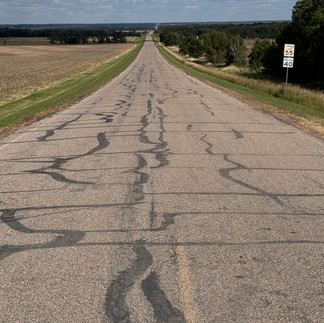



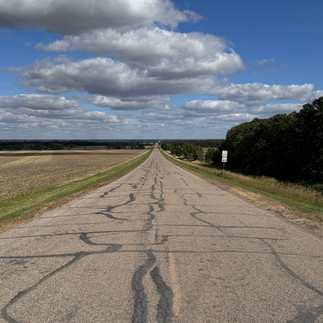





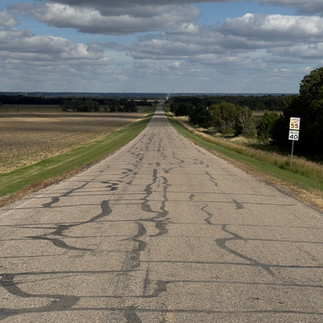





















































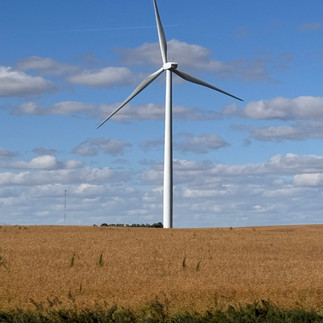
















































































Comments